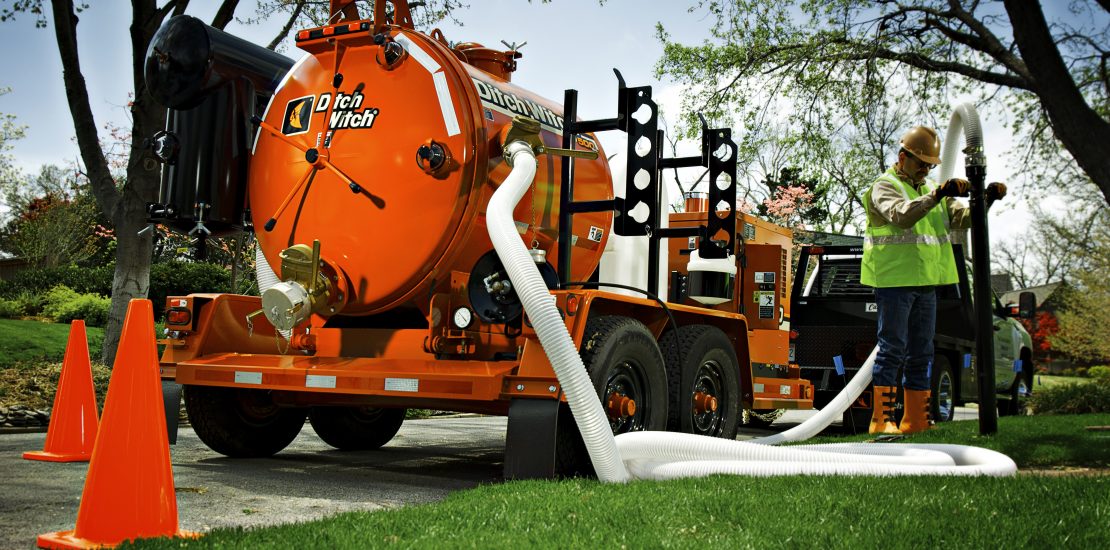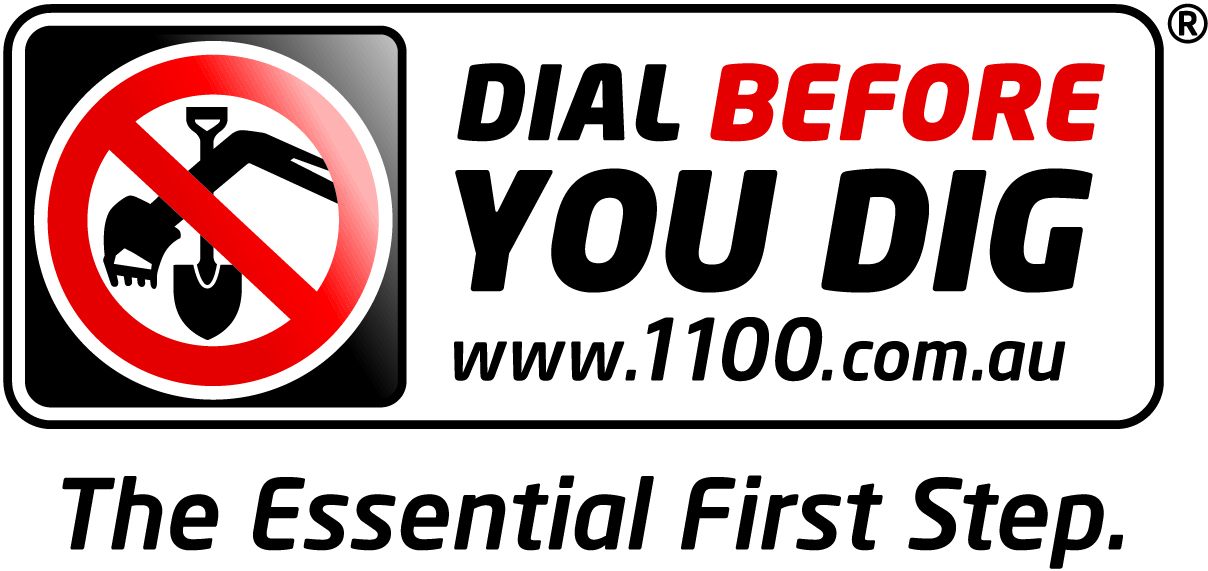Positive Verification

Positive Verification – You have just spent the day pouring over plans, connecting to and locating all of the conductive cables that you can find, unloaded your GPR and carried out a perfect grid search of the area. Packed up you gear, filled out your paper work and headed over to the client to walk him through what you have done.
The customer is really pleased with your efforts and praises the professionalism and diligence that you have shown on site. He then asks the question, “So I will be right to bring the excavator in tomorrow and start digging?” The way that you answer this simple question will really determine the amount of professionalism and diligence you actually have in the occupation that you make a living from.
The correct answer should be that the job is only half finished – in reality nothing has been located until it has been positively identified, and unless your name is Clarke Kent and you have a suit with a big S on the chest, you have not positively identified anything.
DBYD Australia’s National Referral Service recommends the four Ps when excavating:
Plan: Plan your job. Use the DBYD service at least two business days before your job is due to begin to ensure you have the correct information you need to carry out a safe project.
Pothole: Potholing (hand digging) is a method to assist in establishing the exact location of all underground infrastructures.
Protect: Protecting and supporting the exposed infrastructure is the responsibility of the excavator. Always erect safety barriers in areas at risk to protect underground networks.
Proceed: Only when you have planned, potholed and put the protective measures in place.
With potholing being one of the key steps, while locators are becoming more accurate, it’s still important to see exactly where the line or pipe is located.
Asset owners have varying Duty of Care requirements that MUST be adhered to, they require specific separation distances be maintained from their asset. Utility separation distances can only be accurately determined when the existing utility has been positively identified. Almost all of them will require that you positively identify their service prior to any excavation.
“Seeing is Believing – nothing is found until you have actually sighted it”
Damaging existing utilities can be costly in terms of project downtime and potential contractor fines. The quickest most effective solution to this situation is by using low-pressure water or air to expose existing utilities. Unlike a backhoe, compact excavator or shovel, low-pressure water or air cannot damage existing utilities and in fact can provide a better view of the utility because material around and under the pipe or conduit can be removed.
Notice that I have emphasised Low Pressure – high pressure water or air can cut through steel or concrete, therefore having the water pressure adjusted correctly is extremely important.
On the 26th February 2013, there was testing of Non Destructive Excavation (HPWJ) carried at Yatala Qld. It was organised by the Manager of DBYD Qld, (Paul Newman). Paul explained below the purpose behind the test:
“In recent times we are starting to hear of a number of occasions where our member’s underground assets are being put at jeopardy by activities associated with vacuum excavation. To DBYD’s knowledge, currently there is no legislation or standards associated with vacuum excavation; this is a real concern given that the majority of people would consider this application as a fail-safe measure to exposure a buried asset Positive Verification. The wording itself “Non Destructive Excavation”
The tests carried out on this day proved that probing for the networks at pressure >2000PSI can cause major damage to cables and conduits. The non-destructive HPWJ plant should only be used with a maximum operating pressure of 2000psi or 38bars to locate the network in question. This pressure should be at the nozzle. It is highly recommended that only a rotary nozzle head to be used and the nozzle head should be at least 100mm above the asset when operating at 2000psi.
So don’t undo all of your good work by using too high a water pressure and running the risk of causing damage to the utilities you are trying to protect.
 All of this information forms part of Locating Unlimited 2 day Locator Awareness Training; staff with Positive Verification correct training will make the safe difference when working around underground services. For more information on any of the training on offer contact jeff.moore@locatingunlimited.com.au.
All of this information forms part of Locating Unlimited 2 day Locator Awareness Training; staff with Positive Verification correct training will make the safe difference when working around underground services. For more information on any of the training on offer contact jeff.moore@locatingunlimited.com.au.